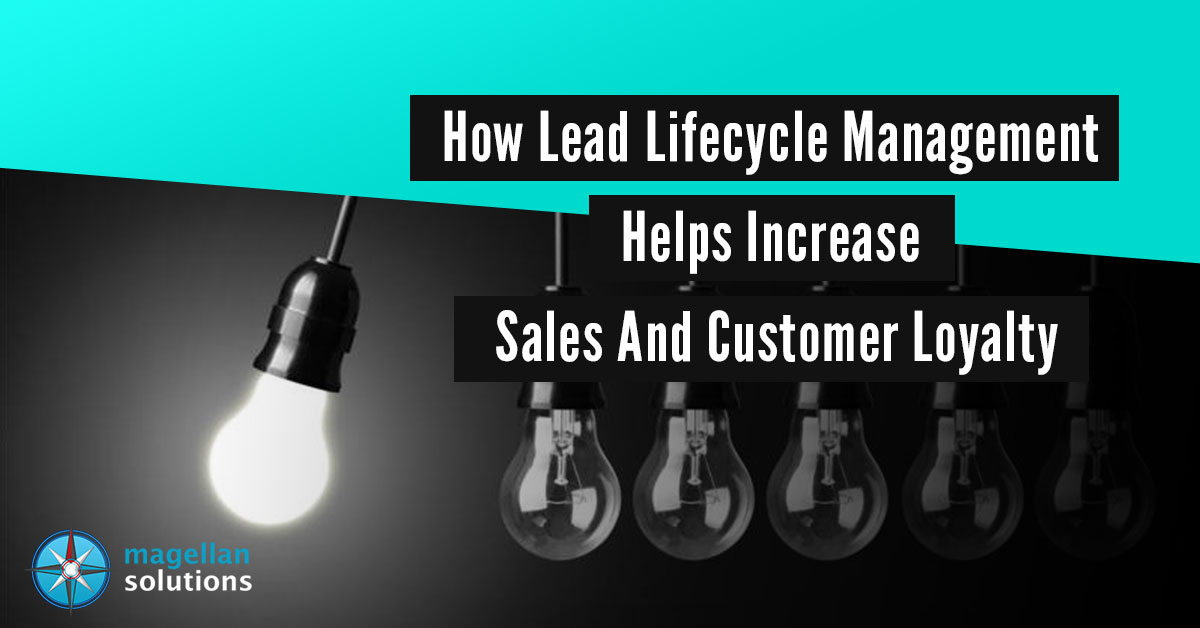
What are the factors that affect your buying decisions? Do you search for the brand’s website? Social media accounts? Or are you one of those smart buyers that look at many brands before making the final decision?
You might not know it but marketers and salespeople are making a pattern for consumers to follow. They actually plan those things and they are hoping that possible consumers will follow through. In the past, according to Market One, “the buy cycles and sales cycles were in sync — either because sellers created the buyer’s perceived need or because sellers possessed information that buyers needed to initiate their decision process.“
However, with the rise of the internet and social media channels, the outline that they have made is not being followed. Now, people have their own ways to weigh their options. Since the internet can give answers, they use it to research about things they want to know. They compare brands and specific things they want about products.
This is why lead lifecycle management has replaced the usual B2B and B2C marketing tactics. Generating lead is not the same as before. When you want to generate leads and convert them into sure sales, designing the stages a consumer might go through is not enough.
With lead lifecycle management, marketers and sales agents are aware that every consumer goes through different sales stages. One consumer might just check out a brand and like it and then proceed to become a lead by inquiring about one of the brand’s social media. Afterward, he or she will go through the final stage which is the sales itself.
Another consumer will research thoroughly about a certain product they want to buy. They might go through multiple websites and multiple social media accounts. They will inquire to every brand they think passed their first initial assessment and will base the final decision on the customer service of the brand.
At this moment, it is up to the sales people to make the consumer a buyer or even a loyal customer. According to the marketing firm Eloqua, “the power is now with the customer… marketing and sales have to align.” That statement was made in 2012 and now rings truer than ever.
In addition to that, research has proven that brands and companies that do give importance to possible customers in the early stages of lead generation will likely qualify as a lead and will convert them into sales if they keep on communicating with the said person until they are ready to buy.
“Relevant communication — whether automated or human — increases the likelihood of positive lead outcomes by 50 percent”, stated in the research of MarketingSherpa and KnowledgeStorm.
Market One’s paper titled “Lead Lifecycle Management: How High-Performance Marketers are Confronting Dramatic Changes in Customer Behavior” have specified three things marketers and salespeople need to remember.
• Identify and engage new prospects
• Develop these prospects through nurturing
• Convert these valued prospects into “sales-ready” leads
All in all, lead lifecycle management is about nurturing a lead, specifically a long-term lead for it to be ready for the sales stage. As Reed Business stated in a study, as much as 77 percent of leads are like that. It can even increase sales as much as 40 percent.



